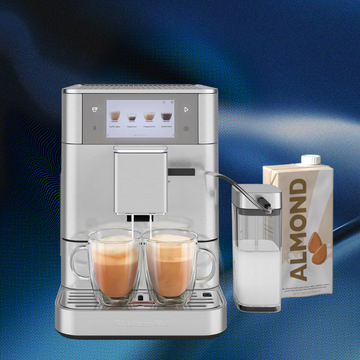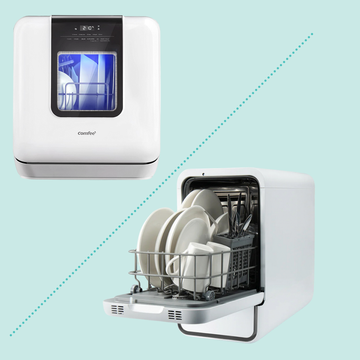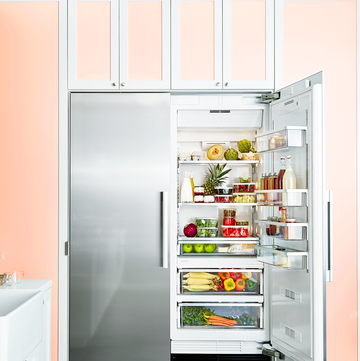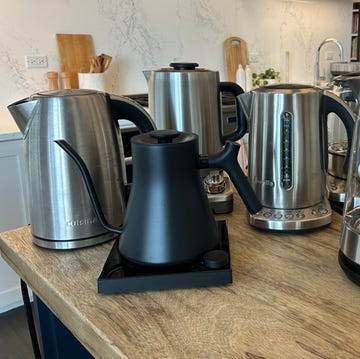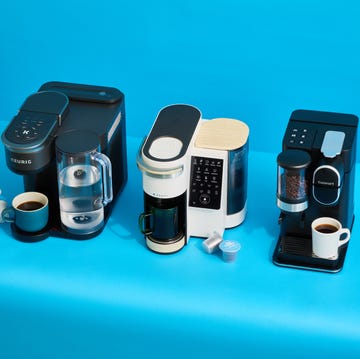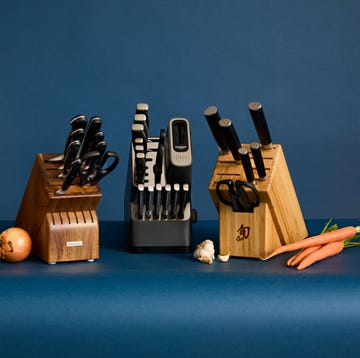To paraphrase Aristotle, excellence is not a singular act, but a habit. And for people like athletes, performers and chefs who work in fast-paced, high-pressure environments, that sentiment goes double. They’ll tell you that when the clock is ticking down, or the curtain opens on a packed house, or the dinner rush is on the brink of going sideways, they rely on their training, their habits. Good habits are the backbone of quality, the foundation of craft.
We spoke to Matt Eckfeld, executive chef at a private members’ club in New York City, and Jeremy Schrager, director of operations and global quality for an international luxury restaurant international luxury restaurant group, to get their thoughts on the culinary habits that have buoyed their careers — and their lives. Happily, several of these practices are adaptable for the home cook. Just combine them with the quality tools like Victorinox’s Wood Collection kitchen knives, and you can seriously level up your gastronomy game.
1. Push Your Horizons
Despite being an accomplished chef at a highly-regarded restaurant, Eckfield is always trying to learn new things. “I love cracking open a cookbook and just cooking a random recipe that looks good,” he says. “It could be Israeli, Indian, Middle Eastern — I’ll try it.” He views this as a way to revitalize, keep things fresh and return to his professional kitchen recharged.
For the amateur enthusiast, of course, this credo is great for learning not just new recipes, but also techniques, ingredients, and problem-solving skills in the kitchen.
2. Stay Sharp
Habitual curiosity is part of Eckfeld’s philosophy of constantly “sharpening the knife,” which he lives both literally and figuratively. “You always want to be ahead of the game in the kitchen,” he says.”You don’t want to be reactive, in any sense. If a task comes up and I need to sharpen my knife for it, I’m already behind the eight ball.” Other keys to keeping your knives at their best include never letting them soak, washing them by hand — no dishwasher — and drying them immediately. For storage, Schrager prefers magnetic strips over blocks, but both are suitable options for the home chef.
Follow these guidelines with high-performance tools like the Victorinox 8-Inch Carving Knife, and you’re well on your way. “This knife won a Good Housekeeping Kitchen Gear Award two different times,” says Nicole Papantoniu, director of the Good Housekeeping Institute’s Kitchen Appliances and Innovation Lab. “It’s super-comfortable to hold and makes really clean, nice cuts.”
3. Embrace Mise en Place in All Things
The French culinary concept of “everything in its place” is a powerful principle for organization and efficiency. And there’s more to it than the casual cooking-show viewer may realize. “We usually talk about mise en place in terms of ingredients,” says Schrager. “But it’s also about having the tools you need right in front of you.” That could mean anything from specific spoons for plating sauces to serrated knives for cutting sandwiches.
For the home cook, the Victorinox 7-Inch Santoku Knife is a great one to always keep within arm’s reach. “Santokus cover a range of tasks,” says Schrager, “and they’re really well-balanced.” That means they’re heavy enough to impact your ingredients, but still light enough to maneuver easily.
4. Containers, Containers, Containers
If you’re like most people, you have 11 plastic containers at home, jumbled up with roughly 27 lids that don’t match. Sorting this chaos can be a quick path to kitchen success. “In a professional kitchen,” Eckfeld says, “we always have cup, pint and quart containers on hand — we call them ‘delis.’ They’re indispensable, especially when you have several different things going at once.” Now there’s a place for your chicken stock when it’s done, a place for your sliced scallions and so on.
“When I do Thanksgiving at home,” he adds, “my wife is like, ‘How come it’s so much faster when you do it?’ It’s because I have containers ready to go before I start.” It all comes back to mise en place.
5. Use a Multi-Channel Timer (Or Improvise One)
After mise en place, one of the biggest challenges for home cooks is coordinating their timing. You want your rice to come up at the same time as your broiled salmon and your sautéed asparagus. Plus, you’ve got bread to warm and wine to open. How to manage it all? “I recommend a multi-channel timer,” says Schrager. “That’s what professional kitchens use.”
Should you not have this admittedly specialized item at hand, however, he has another solution: “Use your phone, your microwave and your oven together — they all have built-in timers.”
This sort of ad-libbing connects to one other kitchen habit Eckfeld mentions, which is to “practice flexibility” by adapting and problem-solving in the moment. Like most of these habits, it also applies nicely to life in general — and it’s not a one-off. After all, to borrow from another wise man: The chef first makes their habits; then the habits make the chef.





